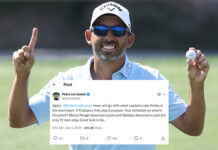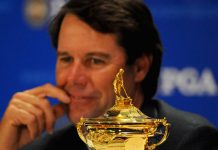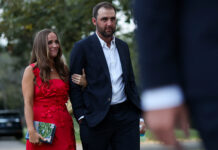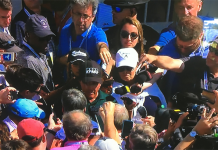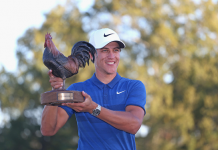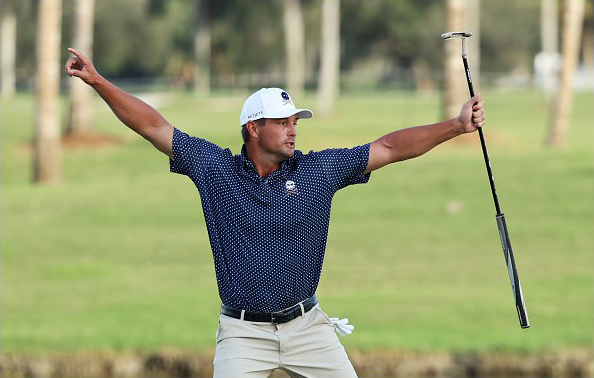
In the fractured landscape of professional golf, where loyalties are split between the PGA Tour and the Saudi-backed LIV Golf League, Bryson DeChambeau has always been a lightning rod. The bulked-up physicist-turned-golfer, known for his scientific approach to the game and his unapologetic flair, faced what seemed like an insurmountable challenge: qualifying for the 2025 U.S. Ryder Cup team without the luxury of regular PGA Tour events.
As a LIV member, suspended from the Tour since 2022, DeChambeau’s path was narrowed to just eight tournaments — the four majors in 2024 and the four in 2025. These weren’t just any events; they were the crucibles of golf, pitting him against the absolute best players in the world every single time. Yet, against staggering odds, he not only made the team but secured an automatic spot, a feat that’s flown curiously under the radar in a sport in need of storylines.
The Ryder Cup qualification process for the U.S. team is a grind, rewarding consistency and performance across a sprawling calendar. Points are accrued based on earnings: in 2024, one point per $1,000 in the four majors and Players Championship; in 2025, one point per $1,000 for all PGA Tour events, and 1.5 points per $1,000 for the majors.

For PGA Tour players, this means opportunities abound — dozens of starts against varying fields, from elite gatherings to tournaments where the competition might not be as fierce. But for DeChambeau? Zilch from LIV events, which don’t count toward Ryder Cup points. His entire campaign hinged on those eight majors, where fields are stacked with top players, cut lines are brutal, and every stroke is magnified under global scrutiny.
Imagine the pressure: DeChambeau had to maximize every outing, knowing a single poor showing could derail his dreams. In 2024, he delivered masterclasses. He tied for sixth at the Masters, charging out with a first-round 65 that set the tone. At the PGA Championship, he pushed Xander Schauffele to the limit, finishing runner-up in a thriller at Valhalla. Then came his crowning moment: a gritty victory at the U.S. Open at Pinehurst No. 2, where he outdueled Rory McIlroy with a legendary bunker shot on the 18th, securing his second major title. The Open Championship was a hiccup — a missed cut at Royal Troon — but his three strong finishes netted crucial points.
2025 brought more fireworks. DeChambeau tied for fifth at the Masters, navigating Augusta’s treacherous greens with precision. He was runner-up again at the PGA Championship at Quail Hollow, posting a steady 71-68-69-70 for a 6-under total. A missed cut at the U.S. Open was chased with an epic top-10 finish at Royal Portrush, rounding out a portfolio of excellence — six top-10s in eight majors. These results weren’t flukes; they were calculated assaults on the game’s toughest tests, earning him 10,774.98 points — enough for the sixth and final automatic qualifying spot.
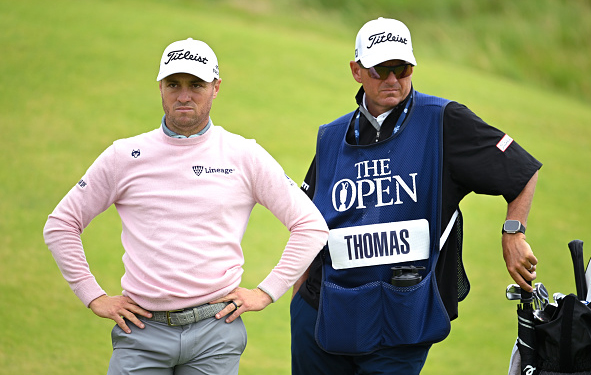
Contrast this with Justin Thomas, the world No. 5 and a Ryder Cup veteran with a pedigree that includes two PGA Championships. Thomas had the full arsenal: approximately 25 tournaments across 2024 and 2025, including 19 in 2025 alone. Many of these were on the PGA Tour, where fields often include up-and-comers and journeymen, allowing for easier point accumulation. Yet, despite this volume — three times (more if he wanted) the opportunities DeChambeau had — Thomas finished seventh in the standings with 10,467.26 points, just 307.72 shy of DeChambeau.
It’s a stark illustration: quality over quantity, with DeChambeau thriving in the pressure cooker while Thomas, for all his talent, couldn’t quite bridge the gap.
U.S. captain Keegan Bradley had publicly stated he’d pick DeChambeau if needed, calling him a must-have for the team. But DeChambeau didn’t need the lifeline, he earned it outright, joining Scottie Scheffler, J.J. Spaun, Xander Schauffele, Russell Henley, and Harris English as automatic qualifiers after the BMW Championship on August 17, 2025.
“Arguably the most famous golfer alive,” as one outlet dubbed him, DeChambeau’s journey was a blend of science, grit, and showmanship.
Yet, this amazing accomplishment has been curiously underreported. Amid the endless chatter about golf’s civil war, mergers, and mega-deals, DeChambeau’s triumph — a LIV player beating the system through sheer excellence in the majors — hasn’t dominated headlines as it should.

Major outlets like ESPN, CBS Sports, and Golf Digest covered the qualification, but the narrative often lumped him in with other qualifiers without delving into the Herculean effort required. It’s as if the golf media, still navigating the politics of the sport, shied away from celebrating a story that highlights how talent can transcend tours.
DeChambeau himself has been vocal about bridging divides, using his YouTube channel and charisma to draw fans back to the game. His Ryder Cup spot isn’t just a personal victory; it’s a reminder that the best stories in sports are about overcoming the impossible.
As the Ryder Cup approaches at Bethpage Black in September, DeChambeau will suit up for his third appearance, bringing a 2-3-1 record and a flair that’s sure to electrify the New York crowds. In a year where golf needed heroes, he delivered one of the most underappreciated feats: proving that eight shots at glory can outshine thirty when you’ve got the heart and the science to make them count.



